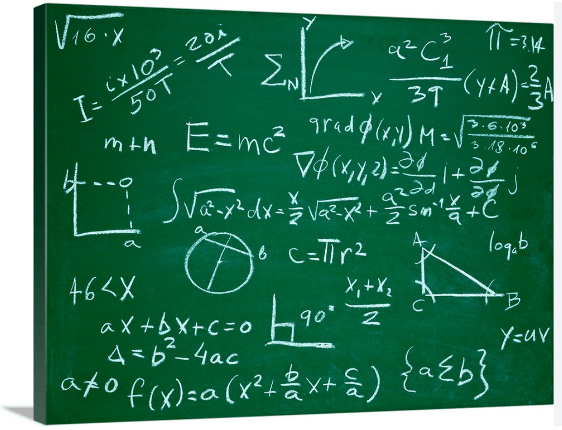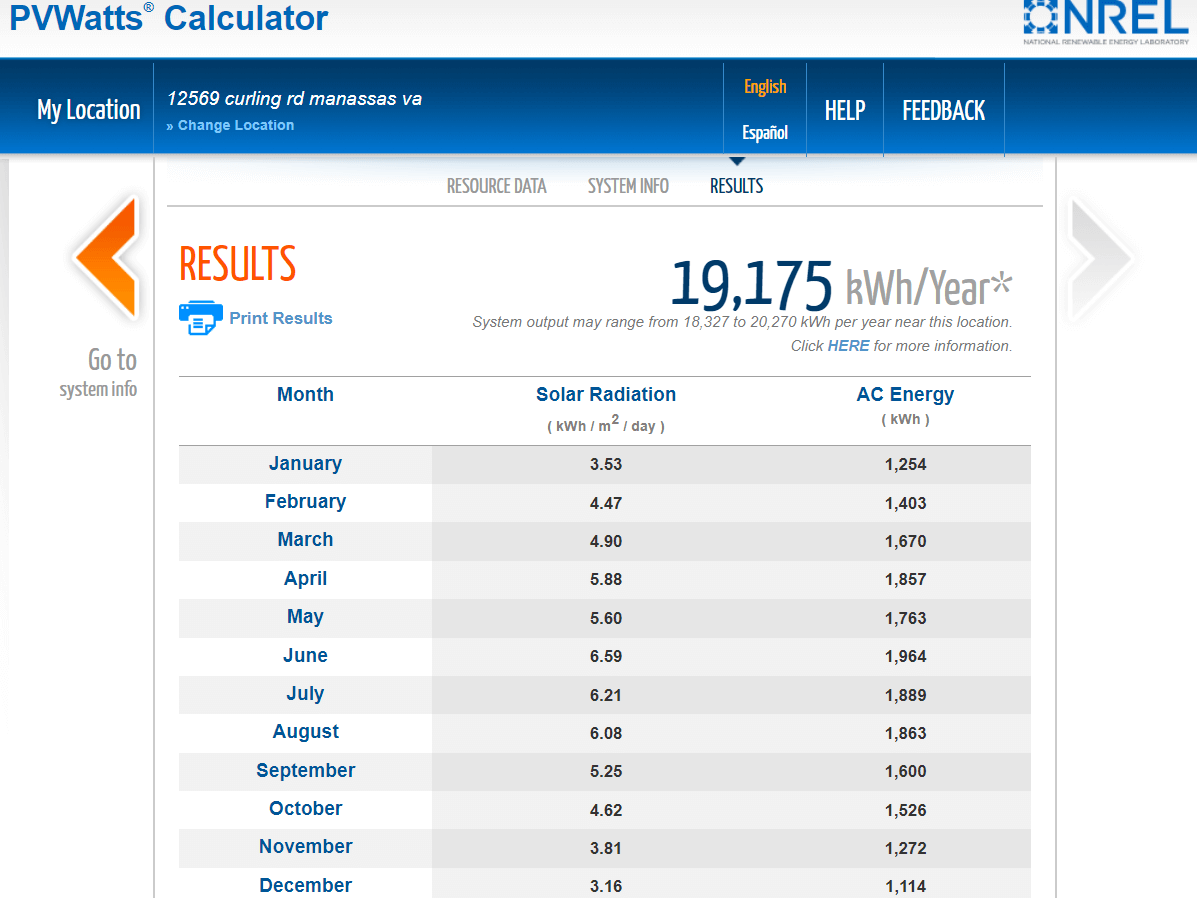WHAT IS THE BEST POSITION TO PLACE SOLAR PANELS?
Are you considering investing in solar energy for your home or putting solar panels on your roof in Virginia? If so, you’ve come to the right place at Syntek Solar Warrenton VA. This blog post will tell you all about the best position to place solar panels for maximum efficiency and power output for your solar panels. We’ll also discuss the pros and cons of different installation positions, so that you can make an informed decision about what’s best for your new renewable energy solar panel system.

Considerations for Solar Panel Placement
When it comes to solar panel placement, there are several factors to consider. First, you need to ensure that your location allows for full access to the sun also known as irradiance. It is generally accepted that the best direction to face solar panels to get the maximum possible output of your solar panel system in the Northern Hemisphere and in Virginia is directly south . Additionally, it is important to ensure that the panels receive an unobstructed view of the sky with no trees or buildings blocking their path. The angle of incline of your solar panel should also be taken into account, as positioning your solar panels on a roof facing true south at a tilt between 26 and 45 degrees can yield the best results in terms of energy generation. It is also important to make sure that your solar panels are installed in a shadow-free location, as having just one solar panel in the shade can stop your whole solar array from functioning properly. Finally, you must decide whether you will install your solar panels on a roof or on the ground. Generally speaking, when considering installing solar panels on your roof it has many benefits, small things like reducing wind loads and ensuring optimum efficiency. But Ground mounted solar panels have a better opportunity for better irradiance and azimuth direction for the solar system.
Location And Direction Of Your Solar Panels Matter!
Location matters when it comes to placing your solar panels. Solar panels should be placed towards the equator, facing south in the northern hemisphere and specifically in Virginia. This will ensure that your solar panels are exposed to the optimal amount of sunlight. However, if you cannot have south-facing panels, the next best option is west-facing, followed by east-facing. Additionally, it is important to consider how much shade and sunlight your solar panels will get, as this can affect the energy output of your system. It is also recommended that you install your solar panel on a roof, as this provides an unobstructed view of the sky and can reduce wind loads and structural requirements.
Angle And Incline of Your Solar System In Virginia
The angle of incline of your solar system is an important factor when it comes to installing solar panels. The ideal angle for a solar panel installation is close to or equal to the latitude of your home. This angle is typically between 30 degrees and 45 degrees. Doing so ensures your home will get the maximum average output from your solar power system throughout the year. During the spring, it is best to have a tilt of 45 degrees, and during the summer when the sun is high in the sky, it’s best to have a low tilt. Additionally, installing your solar panels at an angle slightly higher than your location’s latitude will help during winter months. To calculate the best tilt angle for roof-mounted solar panels, you should add 15 degrees to your location’s latitude during winter. Solar zenith angle setting involves finding the appropriate solar panel tilt. After finding the best solar azimuth, then you move on to the elevation of the panel angle. Ultimately, positioning your solar panels on a roof facing true south, and at a tilt between 30 and 45 degrees, will yield the best results.
Solar Panel Shade and Sunlight For Your Solar System
When it comes to solar panel placement, shade and sunlight are both important factors. The best position for solar panels is on a south-facing roof with no shade, as these panels will receive the most direct sunlight. However, if you don’t have a south-facing roof, or if your roof is shaded, you may need to consider other locations. West-facing roofs can still yield good results if the panels are angled correctly. You should also be aware of the sun’s position in the sky throughout the day; solar PV systems work best when the absorbing surface is perpendicular to the sun’s incoming rays. It’s important to make sure your solar panels aren’t in the shade at any time during the day as this can severely reduce their efficiency. To ensure your solar array is as efficient as possible, make sure it is installed in a shadow-free location.

Solar Panel Roof Mounted System or Solar Ground Mount System in Warrenton Virginia
When it comes to solar panel placement in Warrenton, Virginia, one of the main decisions to make is whether to install a rooftop or a ground-mounted system. Rooftop systems in Fauquier county are a more common choice as they are easier to install and can be more aesthetically pleasing for homeowners in Warrenton and Bealeton. However, there’s another way to power your home with clean energy: Ground-mount solar panels. With this option, your solar power system can be placed near your home, or in any other suitable location. Ground mounts can be installed to face any direction and in almost any location, positioning them for optimal energy production. You can also align your system at the optimal angle so it points directly at the sun. In wide open spaces like Culpeper Virginia and Middleburg, Solar ground mount systems are increasingly popular!
Ground-mounted solar panels operate the same way a typical rooftop system would, but typically are more efficient. They offer the ability to position the solar panels in a way that maximizes sunlight exposure and minimizes shade from trees and other obstacles. This is especially beneficial for homeowners in areas with extreme weather conditions, such as high winds or heavy snowfall. Additionally, you don’t have to worry about roof damage caused by heavy wind loads and structural requirements when installing a ground-mounted system.
Overall, it’s important to consider all your options for solar panel placement before making a decision. While rooftop systems are more common and easier to install, ground-mounted systems offer more flexibility in terms of positioning and orientation. By considering all of these options, you can determine which type
Consider Unobstructed View of the Sky for Solar
No matter what location you choose for your solar panel installation in Warrenton, Virginia, it is important to ensure that the panels have an unobstructed view of the sky. Solar panels need clear and direct access to sunlight in order to generate the most energy, and any obstructions may reduce the amount of energy produced. Consider the trees and other objects that may be blocking or shading your solar panels when selecting a location for installation. Additionally, if you are in lets say Front Royal, Virginia with more extreme mountainous weather conditions, it is essential to factor in wind loads and structural requirements when positioning your solar panels.
Benefits of Installing Solar Panels on a Roof
When you are installing solar panels on a roof, you can take advantage of the fact that the roof faces the sky. This will give you an unobstructed view of the sky and more direct access to the sun’s rays. With a south-facing roof, you will be able to capture the most solar energy throughout the day. Additionally, because the roof is elevated, it will be easier for you to adjust and maintain the solar panels as needed. Roof-mounted solar panels are also great for those with limited space in their yards or who need to remain close to their power grid.
Solar Panel Wind Loads and Structural Requirements
When installing solar panels, it is important to consider the wind loads and structural requirements. Solar panels are susceptible to racking, twisting, and deflecting under certain wind loads. This movement can place additional structural loading on the solar panels, and potentially damage the roof or structure they are mounted on. Generally, it is more economical to install solar panels on roof heights below 60 feet, as wind velocity increases with building height. The structural provisions of the Guidelines for Flat Plate Solar Collectors presents performance requirements for flat-plate solar collectors, and should be taken into account when determining wind loads on buildings and other structures. ASCE 7 does not provide specific guidance for the structural design of roof-top mounted solar arrays, so engineers and architects may need to employ scale-model buildings and rooftop solar panels in wind tunnel experiments to determine the design wind loads on heliostats in operating and stow positions. Low-slope roofs are ideal locations for PV systems as the solar resource is good, power is generated in close proximity to loads, and the location provides more reserve load-carrying capacity for supporting the solar panels.
Solar Panels and my HOA
Luckily for you we have helped hundreds of homeowners just like you who are interested in solar panels get there new solar system approved by the Homeowners Associations in there neighborhoods in Northern Virginia, We handle every step of the process and ensure your HOA is satisfied with the design and look of your new system!
